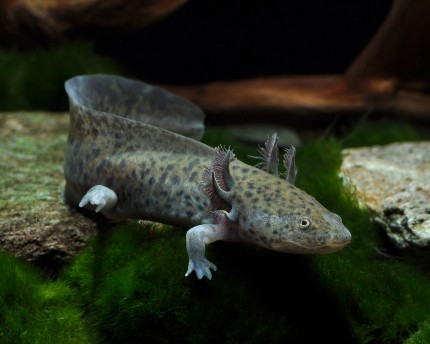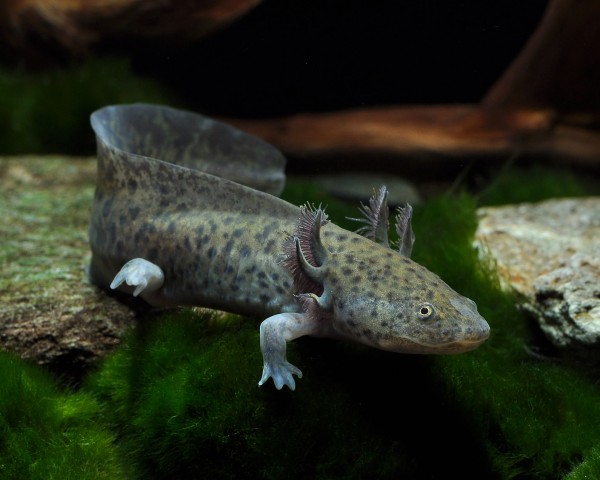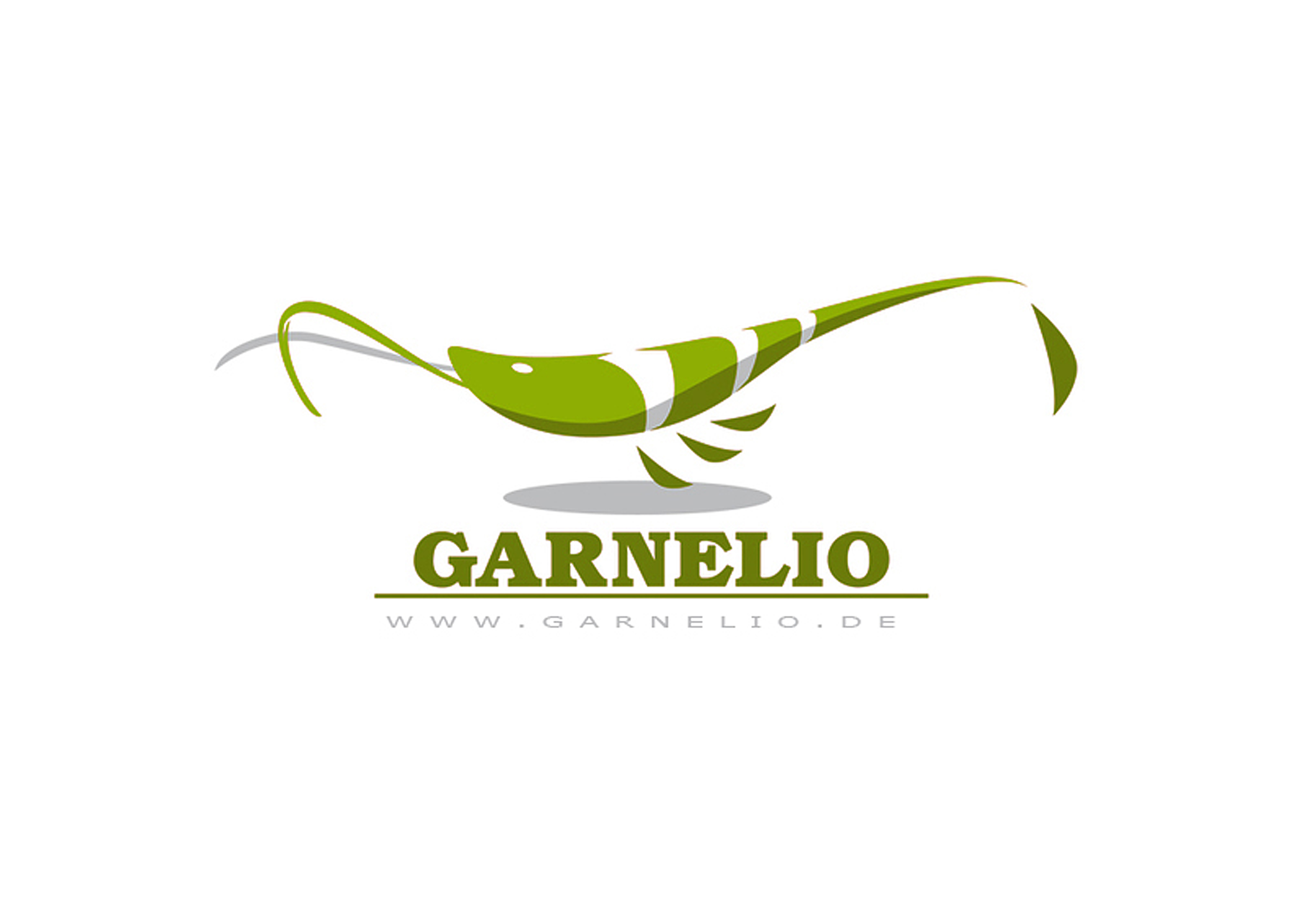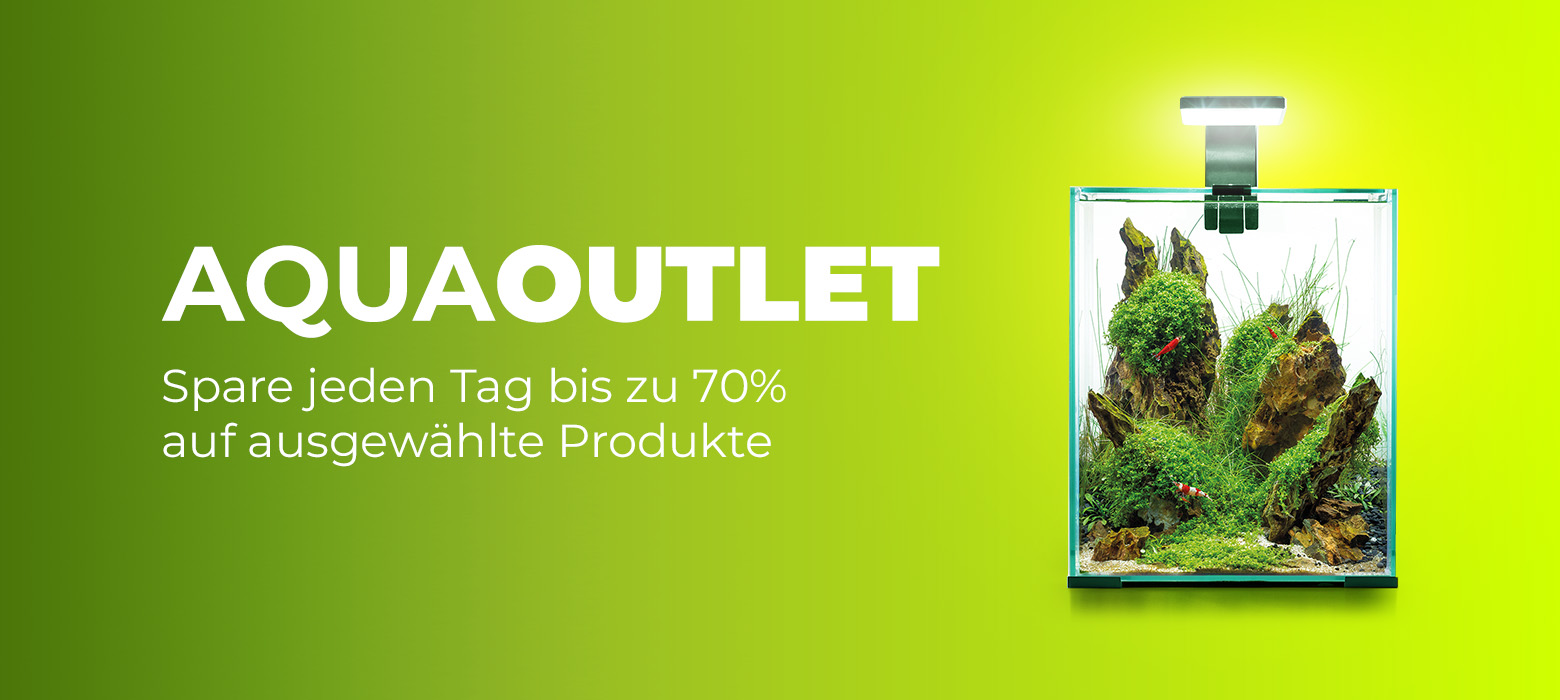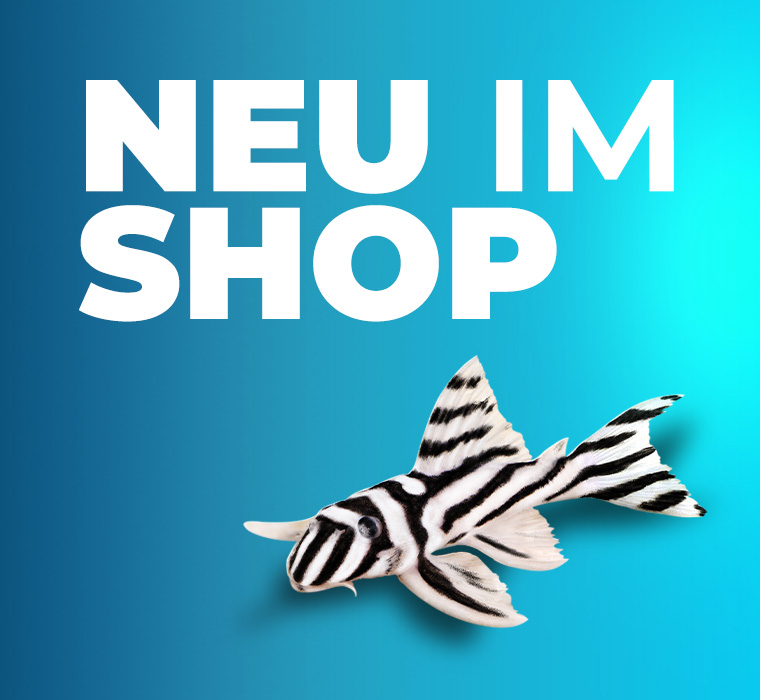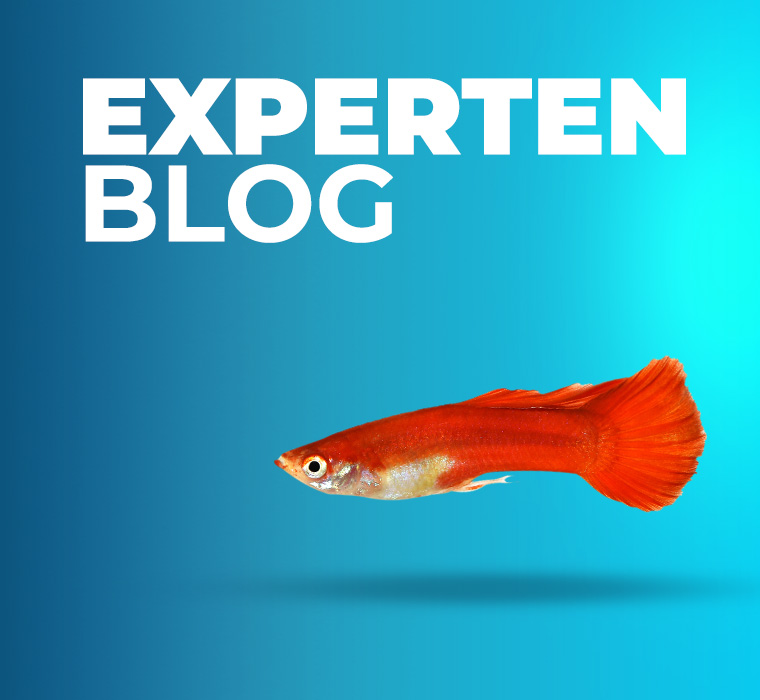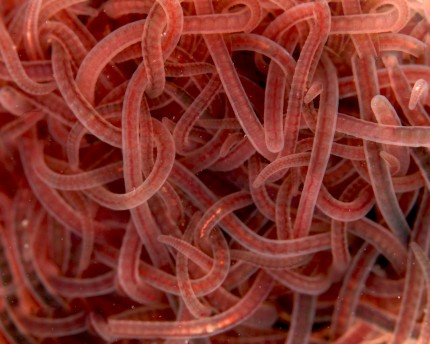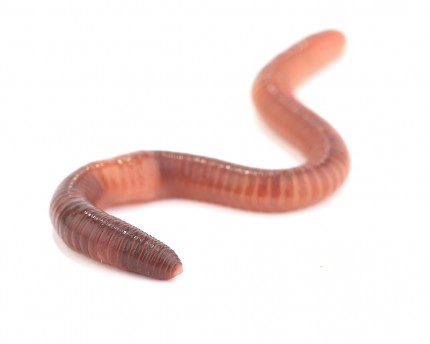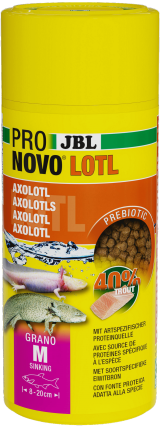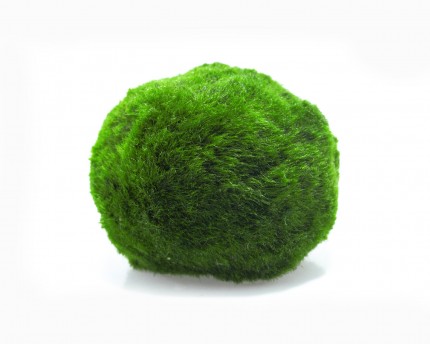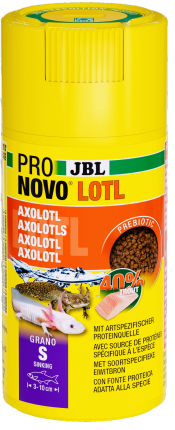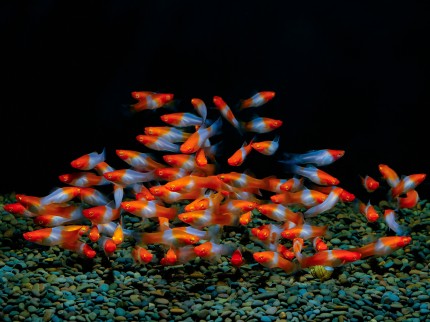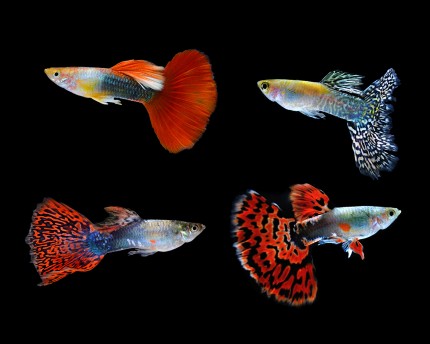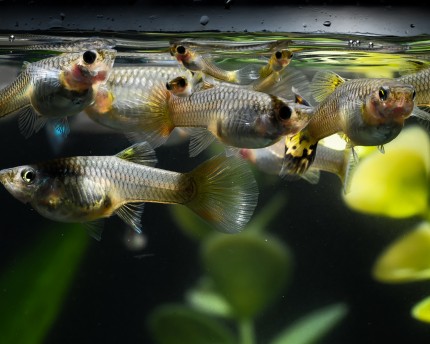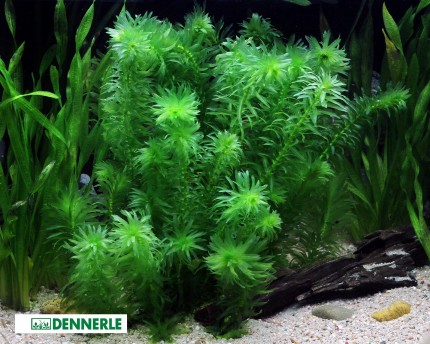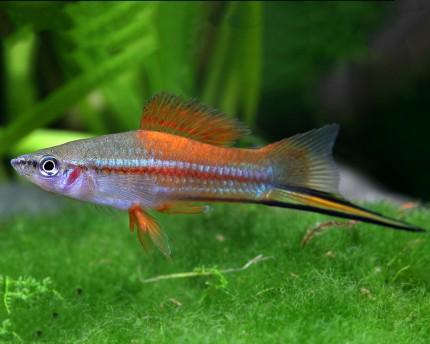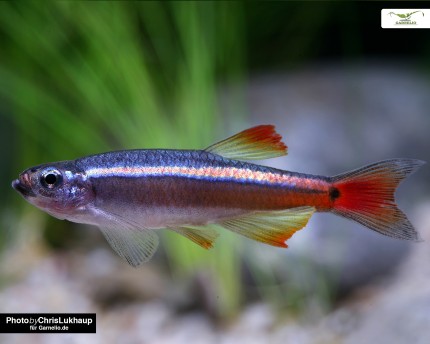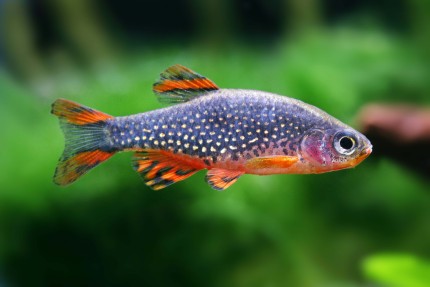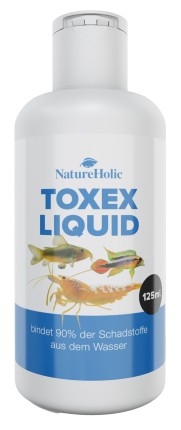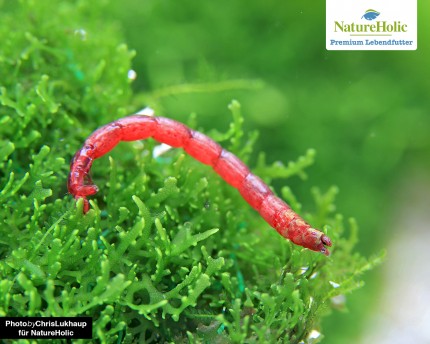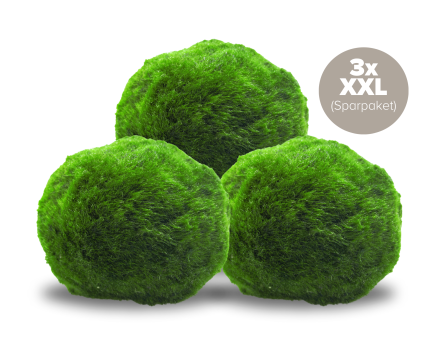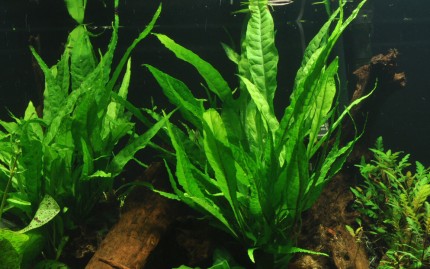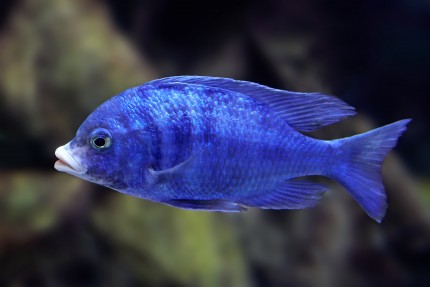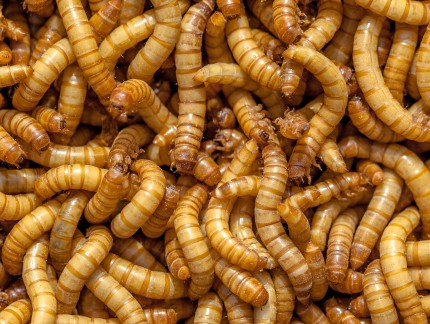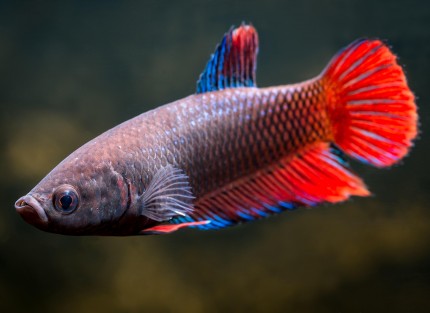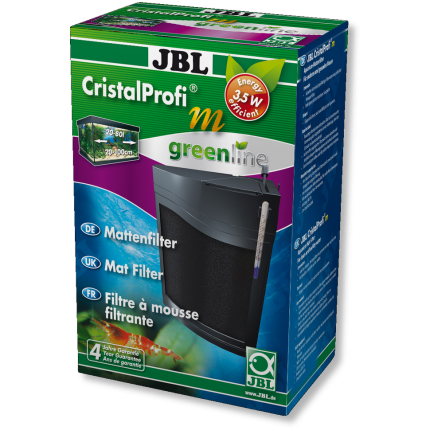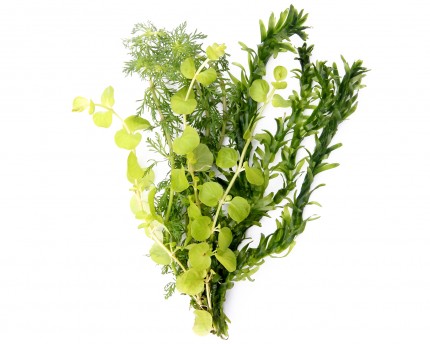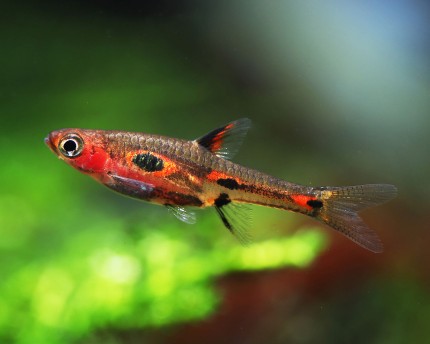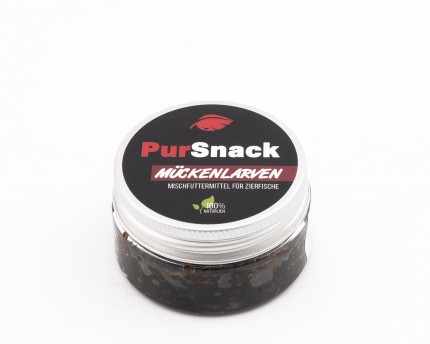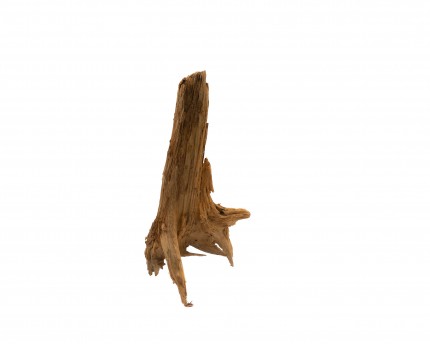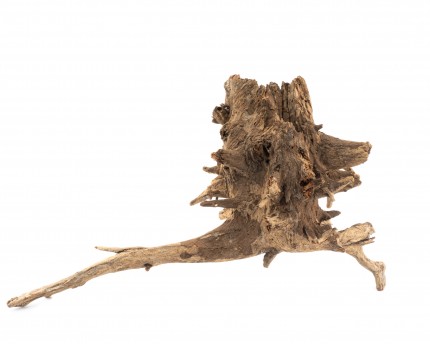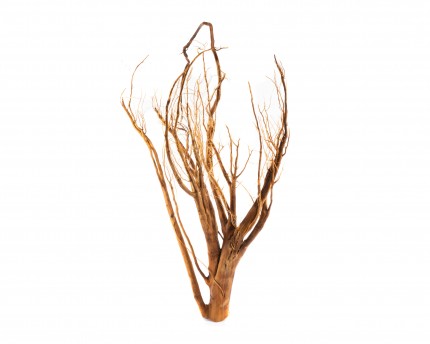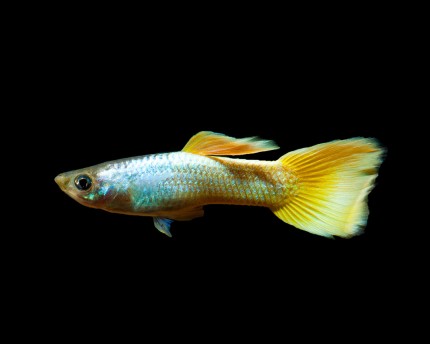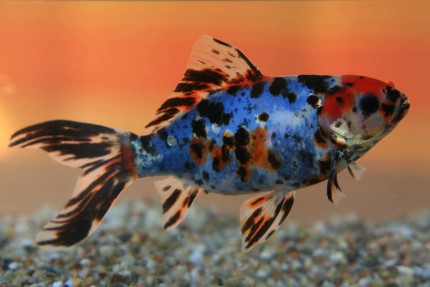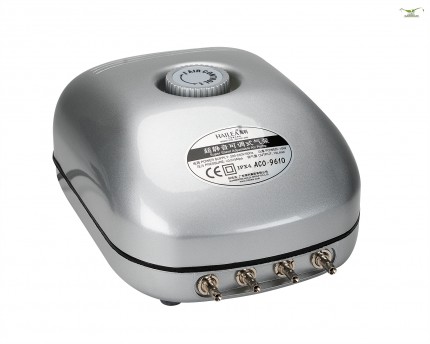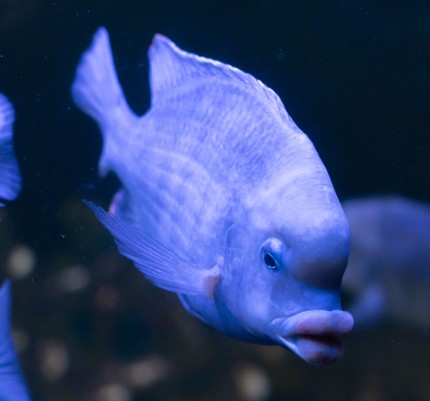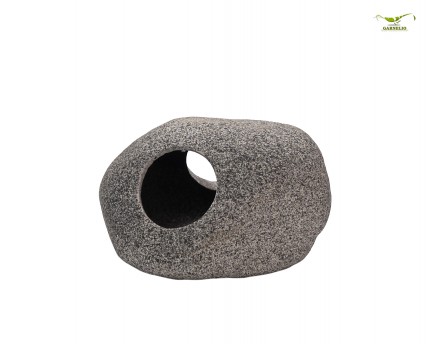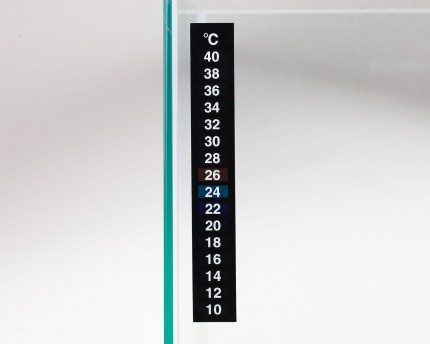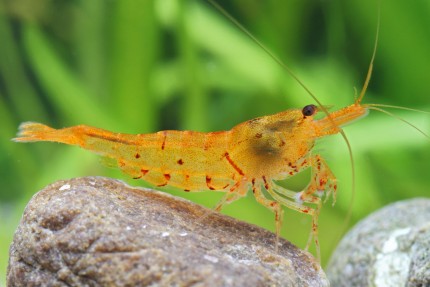incl. VAT plus shipping costs
Currently not available
Delivery only innh. Germany and Austria possible.
Switch to the German store
- Item no: 11210
Fast delivery times
All products are in stock with us!14 years of breeding experience
Let our team of experts advise you!High customer satisfaction
from over 3,000 reviews "| Water values: | medium hard to hard |
| with shrimps?: | Socialization not possible |
| with dwarf crabs?: | No |
| with snails/shells?: | conditional* (see description) |
| Visual effect: | Especially colorful |
| Temperature: | 15-20 °C |
| Breeding: | simply |
| Aquarium size: | 100 l (approx. 80cm) |
| Pelvic region: | Below |
| Final size: | > 12cm |
| Diet: | carnivore - meat eater |
| Planting possible?: | conditional* (see description) |
| Origin: | Central America |
| Difficulty: | 4 - Special |
| Fish group: | Other |
Ambystoma mexicanum is the scientific name of the axolotl, an aquatic newt from Mexico. The nocturnal lotl is special because it never emerges from the larval stage and undergoes metamorphosis - it can even reproduce despite its larval form. This is a real peculiarity and makes the adorable aquatic monster (which is what its name, composed of the Aztec words atl + xolotl, translates to) a bit of a sensation. In Mexico, wild populations live only in Lake Xochimilco and Lake Chalco near Mexico City in the cool, oxygen-rich waters at the bottom of the river. In their native country Axolotl are acutely threatened with extinction due to environmental pollution and draining of lakes. In our store you will therefore only receive German offspring (DNZ), no wild catches!
The Axolotl can occasionally reach a final size of 40 cm, but on average the animals grow rather 23 to 28 cm. The physique of the Axolotl reminds of newt larvae - the amphibians have a muscular, laterally strongly flattened tail, with which they row, and four strong legs. The dark pink gill branches on the short, broad head with the large toothless mouth, which always looks a bit as if the amphibian is smiling, are striking, typical of larvae on the outside. The wild color of the permanent larva is dark marbled, the underside is slightly lighter, as are the legs. There are also other color forms of the axolotl, for example albinos.
Not only the lack of metamorphosis is amazing in the Lotl, but also the ability to regenerate. The caudal amphibians can regenerate limbs and even organs functionally if they are injured. In less than good husbandry conditions, axolotls are quite susceptible to parasites. However, many problems can be prevented by clean water, not overstocking, and careful feeding.
Axolotls are both carnivores and lurkers. They eat worms, snails, insect larvae, small fish, fish spawn, small crustaceans and the larvae of other amphibians - they do not even stop at their own young. In the aquarium, axolotls like to eat live food. Axolotl pellets can also be used as food. Axolotls are crepuscular or nocturnal and should therefore be fed mainly when the aquarium light is still off, i.e. very early or very late. Young animals need food daily, older animals may well take two to three fasting days per week without suffering any harm.
Despite their exotic origin, axolotls are actually cold-water animals. The water in the aquarium should have a maximum of 21 °C, 17 °C is considered the optimum. Permanently too high temperatures can weaken the animals' immune system and make them more susceptible to diseases. Especially in summer, the Axolotl aquarium must therefore usually be cooled!
For a small Lotl group of three to four specimens, the aquarium should be at least 80-100 cm long. The footprint is more important than the height, because Axolotls do not swim much, but rather live on the bottom. The aquarium should not be too brightly lit and should provide hiding places and caves for the axolotls. The substrate is eaten by the Axolotl due to their feeding habits and should therefore not contain pollutants. Neutral, uncolored rounded gravel or sand with a maximum grain size of 3 mm is ideal. Larger substrate may cause clogging. Colored, plastic-coated gravel is not suitable for keeping axolotls.
Too much current stresses the animals, a hamburger mat filter has proven successful for Axolotl aquariums. The aquarium can be planted, but the plants must tolerate the cold water. Robust plants such as vallisneria, waterweed or java moss and java fern are well suited. Floating plants are also welcome because they shade the aquarium somewhat. Axolotls prefer medium to hard water with a pH of 6.5 to 8, optimal is 7-7.5. The nitrate content should not exceed 25 mg/l.
We recommend keeping Ambystoma mexicanum in a species tank. Shrimp and snails are eaten, however it would be possible to maintain a certain basic population of the invertebrates as a permanent food source in the Axolotl aquarium
The caudate amphibians become sexually mature at 5-8 months of age. After courtship (with impressive courtship dances on the part of the male), the male deposits his spermatophores, which are then picked up by the female with her cloaca. A few hours later, the female spawns, usually attaching her 80-800 eggs to leaves of aquatic plants. The Axolotl is a spawn predator, therefore the spawn is often eaten directly by the other Lotln in the aquarium. For breeding, eggs are taken and the young are raised separately. The larvae hatch after 15-20 days, they like to eat small live food like Artemia nauplii and water fleas as well as small worms like Grindal in the beginning. Later you can switch to larger food.
Our plant recommendation: Use for planting NatureHolic InVitros. These are free of snails, planaria and other unwanted co-inhabitants. Also free of algae spores, bacteria and fungi.
Expert Tip: We recommend for fish keeping the NatureHolic 3 Phase Liquid. The care set offers the best all-round protection for your animals. It ensures optimal conditions for successful breeding and keeping.
| Scientific name: | Ambystoma mexicanum |
| German name: | Axolotl |
| Difficulty level: | for beginners |
| Origin/Distribution: | Mexico, Central America |
| Coloration: | Wild form: brown marbled or spotted |
| Age expectancy | 12-28 years |
| Water parameters: | GH 6-20 °dGH, KH 3-15 °dKH, pH 6.5-8 (optimal: 7-7.5), temperature 17-21 °C |
| Tank size: | 80 cm and above |
| Food | Carnivorous, large live and frozen foods, such as artemia, floating shrimp, mosquito larvae, worms, snails, krill, shrimp |
| Breeding | possible with some patience |
| Behavior | calm |
| Group size | Groups of 3 animals, single keeping possible |
| Further information | Ten typical aquarium fish for beginners and alternatives to them, Tips for acclimating fish to the aquarium, Feeding aquarium fish properly - cheap food and what it can do |
- Item no: 11210
Entdecke die Garnelio Welt!
Garnelio gehört zu den größten Onlineshops für wirbellose Aquarientiere weltweit.
Viele Artikel gibt es exklusiv nur bei uns im Shop.

